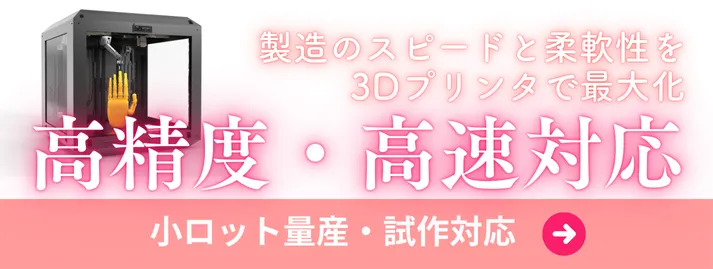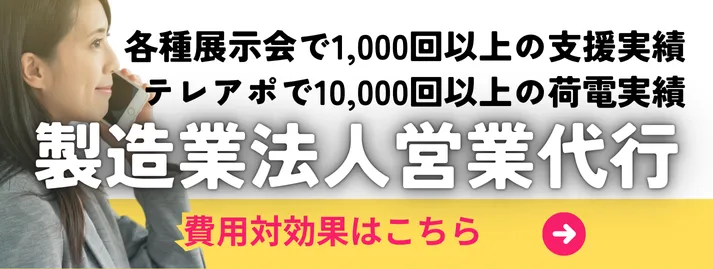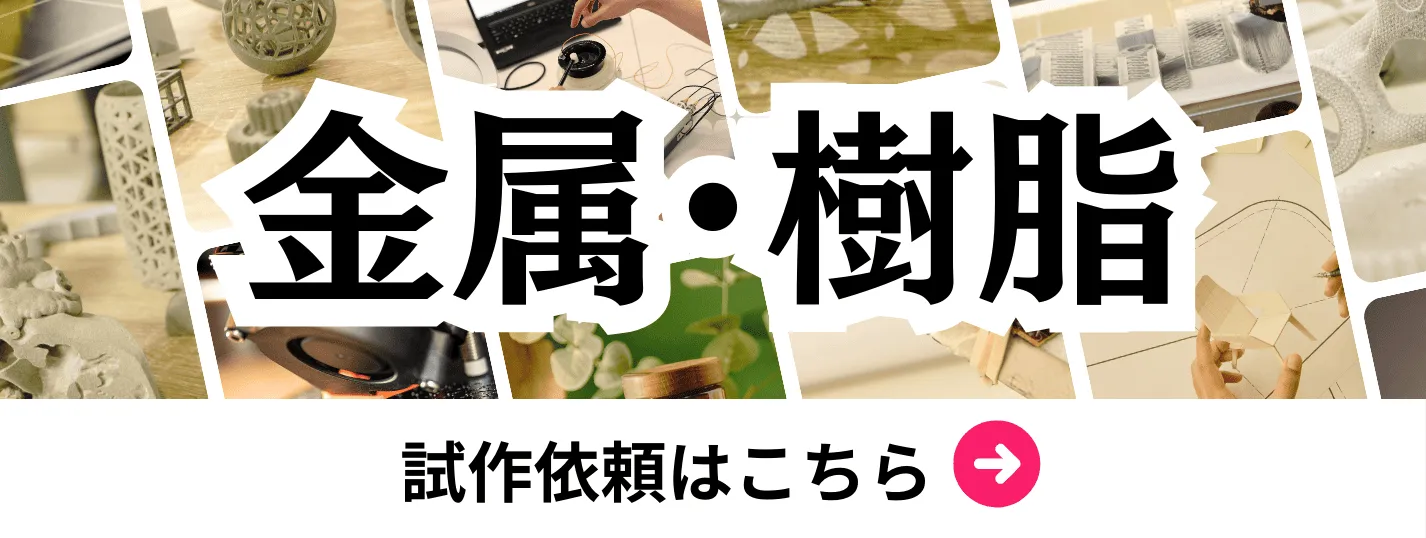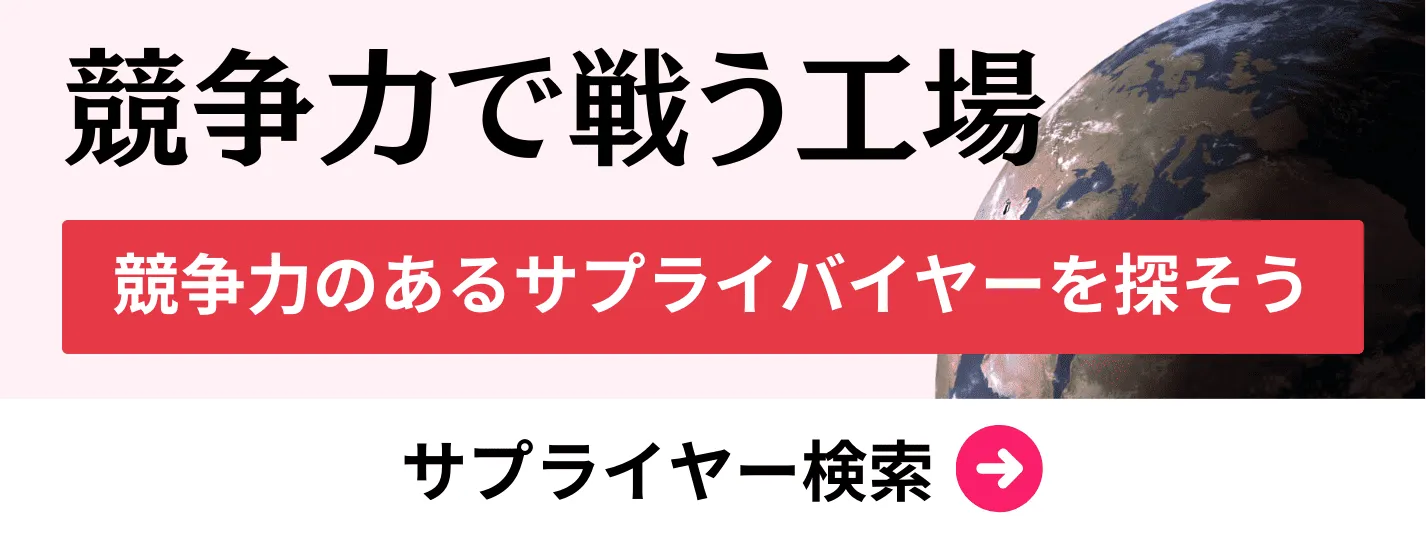- お役立ち記事
- Technical approach and steps towards joint development of fluorine-free oil-resistant paper
月間76,176名の
製造業ご担当者様が閲覧しています*
*2025年3月31日現在のGoogle Analyticsのデータより
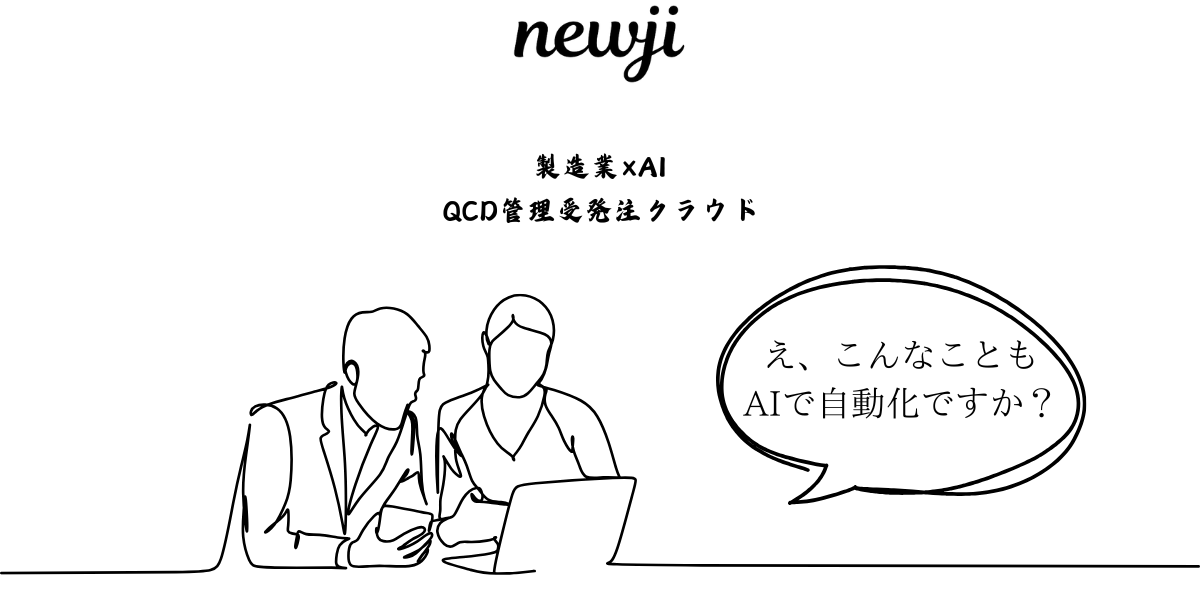
Technical approach and steps towards joint development of fluorine-free oil-resistant paper

目次
Introduction to Fluorine-Free Oil-Resistant Paper
The demand for sustainable and environmentally friendly products is growing rapidly, and the paper industry is no exception.
One of the main challenges faced by the industry is the development of oil-resistant paper that does not use fluorine compounds.
Fluorine-free oil-resistant paper is essential for reducing environmental impact and promoting sustainability in packaging and other applications.
In this article, we will explore the technical approaches and steps involved in the joint development of fluorine-free oil-resistant paper.
By understanding the science behind these innovations, we can appreciate the efforts put into creating eco-friendly solutions that meet consumer demands.
Understanding Oil Resistance in Paper
Before we delve into the technical approaches, it is important to understand what makes paper oil-resistant.
Oil resistance in paper is achieved by coating or impregnating the paper fibers with substances that repel oil.
Traditional methods have relied heavily on fluorine-based compounds due to their effectiveness.
However, these compounds pose environmental risks, prompting the need for fluorine-free alternatives.
Challenges with Fluorine Compounds
Fluorine compounds have been the go-to solution for oil-resistance due to their excellent barrier properties.
However, they are notorious for their persistence in the environment and potential health risks.
The production processes involved in these compounds can release harmful chemicals into the atmosphere, impacting both ecosystems and human health.
With increasing regulations on the use of fluorine, the paper industry is seeking safe and sustainable alternatives.
Technical Approaches for Fluorine-Free Alternatives
The joint development of fluorine-free oil-resistant paper involves several innovative techniques and materials.
These approaches focus on utilizing naturally occurring substances and modifying existing materials to achieve similar oil-resistant properties.
Let’s explore some of these promising methods.
Biodegradable Coatings
Biodegradable coatings are one of the most promising alternatives to fluorine compounds for oil-resistant paper.
These coatings are made from natural materials such as plant-based polymers, proteins, or waxes.
Not only do they provide excellent oil resistance, but they also break down naturally, minimizing environmental impact.
Researchers are exploring various combinations and applications of these coatings to enhance their performance and scalability.
Nanotechnology Solutions
Another innovative approach involves the use of nanotechnology.
Nano-materials have unique properties that can be engineered to resist oil and other fluids.
By incorporating these materials into the paper, researchers can manipulate surface properties at the microscopic level.
Nanotechnology offers a promising path towards creating thin, lightweight coatings that maintain the paper’s recyclability and biodegradability.
Starch-Based Coatings
Starch, a natural polysaccharide, has gained attention as a potential material for fluorine-free oil-resistant paper.
When combined with other environmentally friendly agents, starch can form a film that repels oil effectively.
This approach is cost-effective and leverages abundant, renewable resources, making it an attractive option for large-scale production.
Steps in Joint Development
The joint development of fluorine-free oil-resistant paper involves collaboration between various stakeholders, including researchers, manufacturers, and industry experts.
Here are the typical steps involved in this process:
Step 1: Research and Development
The initial step involves extensive research and development to identify suitable materials and technologies for creating oil-resistant paper.
This stage includes laboratory testing, experimentation, and the creation of prototypes.
By understanding the properties and interactions of different materials, researchers can formulate effective solutions.
Step 2: Pilot Testing
Once a promising formula is identified, pilot testing is conducted to assess its performance on a larger scale.
This involves producing small batches of paper with the new coatings and evaluating their oil resistance, durability, and recyclability.
Pilot testing provides valuable insights into the practicality of the solution in real-world applications.
Step 3: Collaboration and Optimization
Collaboration between scientists, engineers, and manufacturers is crucial for optimizing the product.
Feedback from industry partners helps refine the formulation, improve efficiency, and ensure the solution meets industry standards.
Continuous optimization ensures that the final product is both environmentally friendly and economically viable.
Step 4: Commercialization
Once the solution is fully developed and optimized, the final step is commercialization.
This involves scaling up production and marketing the fluorine-free oil-resistant paper to potential buyers and industries.
Industry certification and compliance with environmental regulations are essential at this stage to ensure product credibility and acceptance.
Conclusion
The quest for fluorine-free oil-resistant paper is a significant step towards achieving sustainability in the paper industry.
Through innovative technical approaches and collaborative efforts, researchers and manufacturers are making strides towards eco-friendly solutions.
Biodegradable coatings, nanotechnology, and starch-based methods offer promising alternatives that protect the environment without compromising performance.
As the demand for sustainable packaging solutions continues to rise, the joint development of fluorine-free oil-resistant paper stands at the forefront of innovation.
With continued research and collaboration, we can look forward to a future where environmentally friendly paper products become the standard, benefiting both businesses and the planet.
 資料ダウンロード
資料ダウンロード
QCD管理受発注クラウド「newji」は、受発注部門で必要なQCD管理全てを備えた、現場特化型兼クラウド型の今世紀最高の受発注管理システムとなります。
 ユーザー登録
ユーザー登録
受発注業務の効率化だけでなく、システムを導入することで、コスト削減や製品・資材のステータス可視化のほか、属人化していた受発注情報の共有化による内部不正防止や統制にも役立ちます。
 NEWJI DX
NEWJI DX
製造業に特化したデジタルトランスフォーメーション(DX)の実現を目指す請負開発型のコンサルティングサービスです。AI、iPaaS、および先端の技術を駆使して、製造プロセスの効率化、業務効率化、チームワーク強化、コスト削減、品質向上を実現します。このサービスは、製造業の課題を深く理解し、それに対する最適なデジタルソリューションを提供することで、企業が持続的な成長とイノベーションを達成できるようサポートします。
 製造業ニュース解説
製造業ニュース解説
製造業、主に購買・調達部門にお勤めの方々に向けた情報を配信しております。
新任の方やベテランの方、管理職を対象とした幅広いコンテンツをご用意しております。
 お問い合わせ
お問い合わせ
コストダウンが利益に直結する術だと理解していても、なかなか前に進めることができない状況。そんな時は、newjiのコストダウン自動化機能で大きく利益貢献しよう!
(β版非公開)



